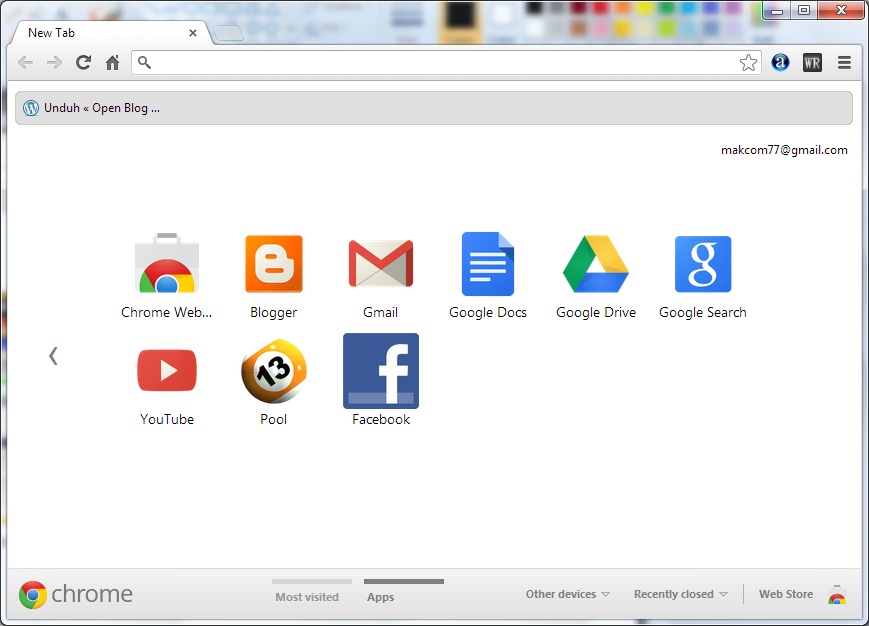
We have found that real-world stability is good. Alongside this, we have also been running test infrastructure and comprehensive on-device tests since June 2019.

We have been running Chromium for Windows on Arm internally since April 2019.

We are looking at ways we can address these current challenges. We also do not build with Google’s API keys, so Google account sign-in, bookmark synchronization, and similar features are not enabled. You will need to upgrade it regularly to stay protected against security issues and receive the latest performance and feature updates. Unlike Chrome, Chromium does not automatically update by itself. This includes Netflix, Facebook and Twitter (but YouTube works well). Some video formats are not supported, which affects some sites which use DRM or H.264. However, we also want to do more to boost the Chromium ecosystem, catch issues quickly, and give developers an easy way to test their applications against different Chromium versions. Microsoft has released a native build of Chromium-based Edge for Windows on Arm, and a native version of Firefox is available.

Which version should I use?įor typical users, we recommend installing the Stable release, using the mini_installer. This is available at who has kindly worked with Arm to help publish Chromium for Windows on Arm. It also improves battery life by 40-50 per cent. Because it is running natively, Chromium is about 2.2x faster than emulated browsers. This includes the new third generation – the Microsoft Surface Pro X, Lenovo Yoga 5G, and Samsung Galaxy Book S. Chromium offers a familiar web browsing experience for people using all Windows on Arm laptop devices. We are pleased to announce the immediate availability of native Chromium builds for Windows on Arm.


 0 kommentar(er)
0 kommentar(er)
